How to plant a flower bed: 3 Top Design Tips
 Lee Burkhill: Award Winning Designer & BBC 1's Garden Rescue Presenters Official Blog
Lee Burkhill: Award Winning Designer & BBC 1's Garden Rescue Presenters Official Blog

Updated 2024: Flower beds and borders are the staples of any garden, and they come in all shapes and sizes! I get asked all the time for help when it comes to garden design and planting flower beds. Given the endless opportunities, it can seem overwhelming to decide where to start. Most new gardeners simply don't know how to plant a flower bed, but this guide is going to show you.
My top 3 flower bed design tricks apply to any style or size of flower bed you may be working with. So whether you have a tiny garden or huge acreage to play with, this how to plant a flower bed design guide can take your average flower beds and make them awesome!
The first tip to successfully planting flower beds is to layer your plants. Time and time again, I see people lining up plants in neat rows. All the plants and flowers are the same 'below the knee' height. They get planted up with equal spacing and are left awkwardly to grow uniformly in isolation from each other.
If you've planted in this way, you may be familiar with the lacklustre and uninspired result you get when you plant your garden in this way. Then you cram more plants in, but it still looks the same. This is where most frustrated gardeners sadly give up.
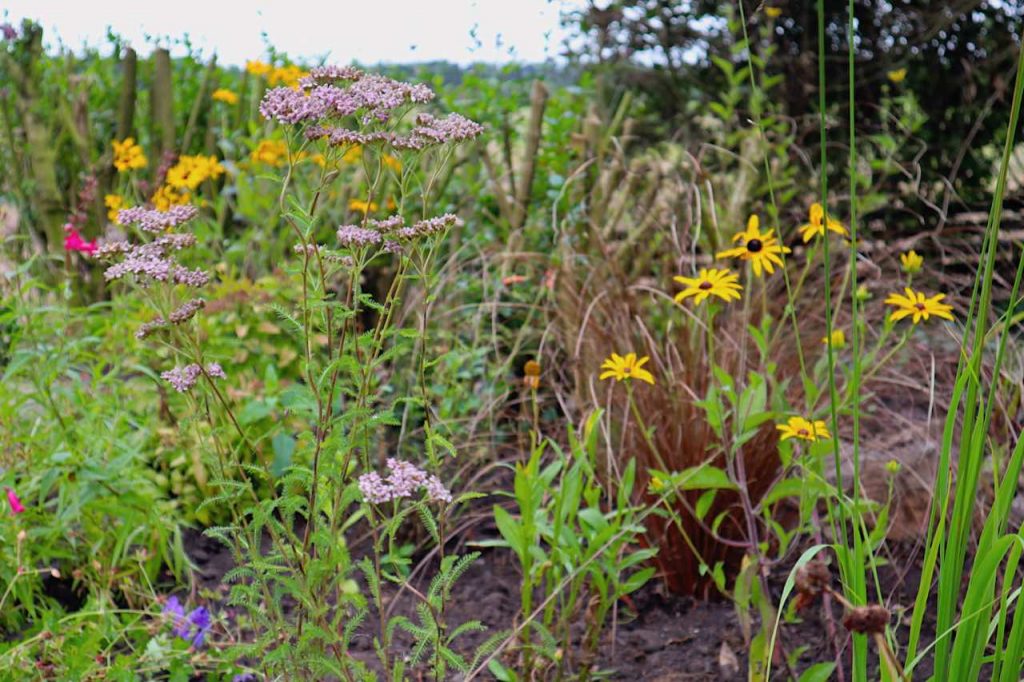
Layering is going to be your secret weapon for flower-border success! When we talk about layering plants, we are referring to using various heights in the planting scheme. So you work your way up from low-growing plants to mid-height and then taller plants. These layers slow your eye as you look around at the flower bed.
Layering is going to completely change up your garden styling! Layering garden plants in a flower bed also works because it draws your eye from the ground up and through the flower bed. It also slows down your journey and view of the garden as it guides your eye. Rather than jumping from low ground cover plants all the way up to something big like a shrub or a tree we use plants in incremental heights to layer and soften the flower bed, so there are no surprises or gaps.
These are your low-to-the-ground specimens. They will be low to the ground and also known as 'Ground cover plants'. Examples would be Erigeron, Pachysandra, Alpines, Bedding plants or even herbaceous Lamium. They are the warm-up to the flower bed!
This is where you want to start to bring the eye up into the mid-layer, such as knee-high to waist-high plants such as Geraniums, Salvias, Heleniums, Daliahs or Asters. The real flowering sweet spot of the border.
This is where most people fall short. It's where all the drama and action happen! This is for taller plants, maybe 1-2m tall. Think tall Grasses, Shrubs, Hydrangeas, Shrub Roses or tall herbaceous perennials. You should be almost grinning with anticipation when you get to this layer!
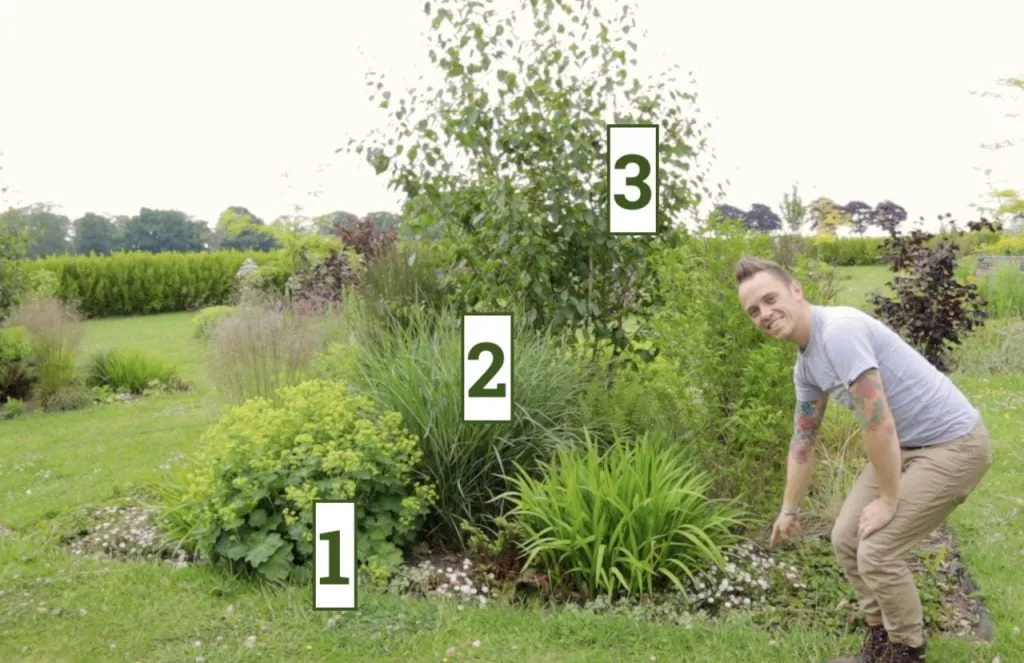
Here's an example of the three layers in this small flower bed. Look how detailed and exciting it looks compared to everything of similar height. We move from ground cover in number one in the diagram, to the taller herbaceous perennial layer at number two and then finally at number three its either trees or tall shrubs as the final layer.
Colour is one of the most important parts of all garden design. It can change a garden's mood from excitement to calm, drama to tranquillity. One of the major hurdles that new gardeners face is falling into the trap of 'Pick & Mix' planting. When in the midst of eager excitement, you end up with every colour under the sun.
Now, there's nothing wrong with a riot of colour in a garden, but it must be controlled or have some thought behind it. If you don't pay much attention to colour, then your garden can soon become an awkward mix of clashing colours or unsettling combinations.
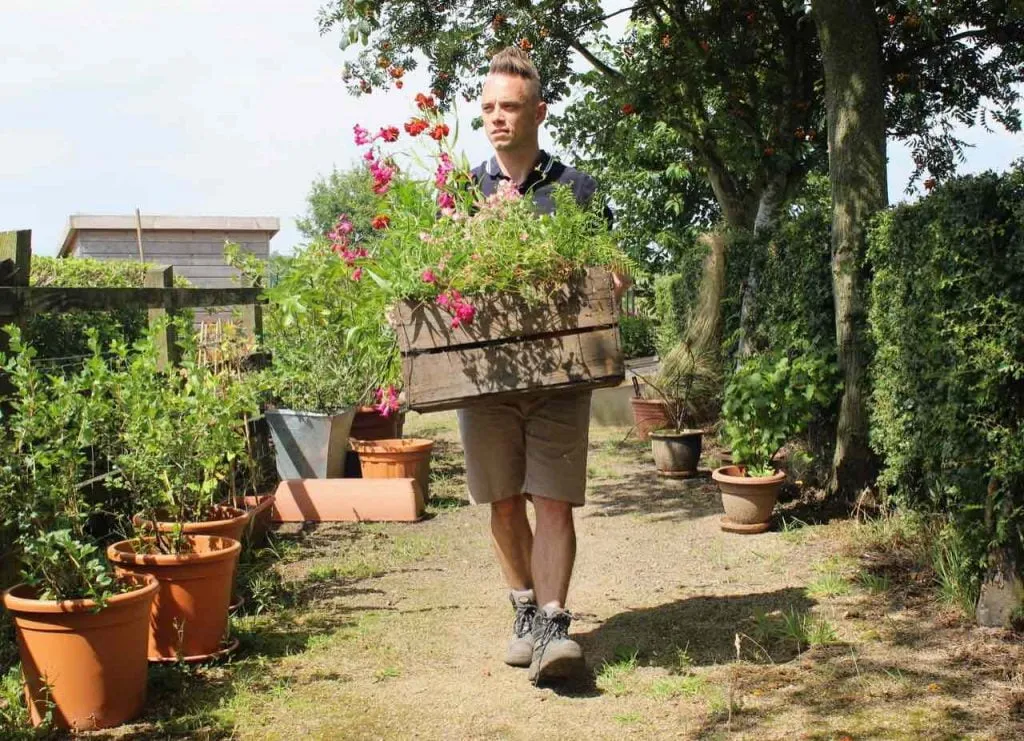
Colour is one of the most powerful design tools we have. So, give it some thought to get the ultimate impact.
There are three main colour combinations in garden planting (I'm abbreviating here, so I apologise to colourists everywhere).
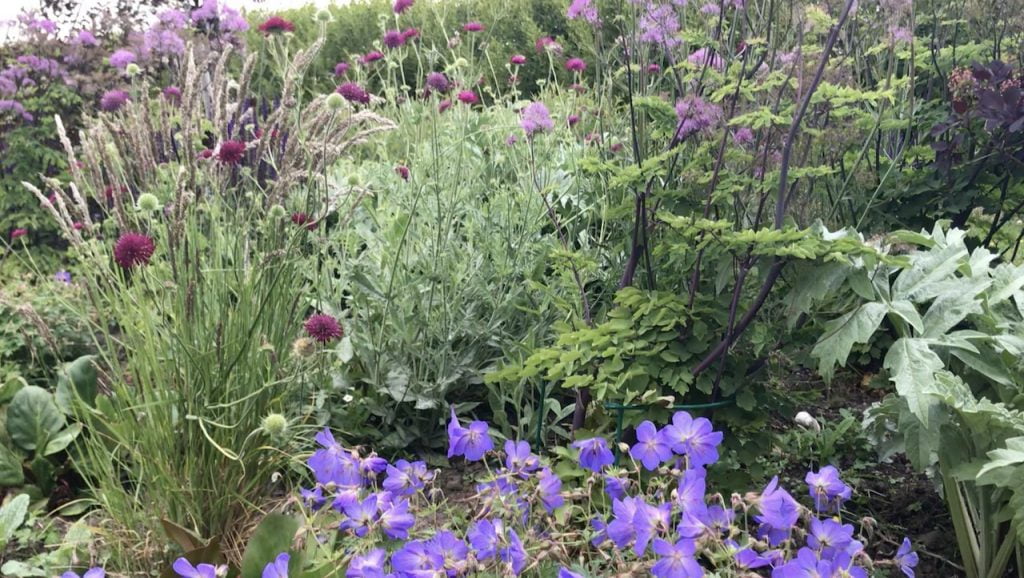
Above is a monochromatic flower bed - all within the purple hue on the colour wheel.
The main tip here is to make sure there's some rhyme or reason to your colour choices. Clashing mish-mashes of colour are harder to pull off than you think. By having a unified colour scheme, it will help bring a real sense of intent to your garden borders!
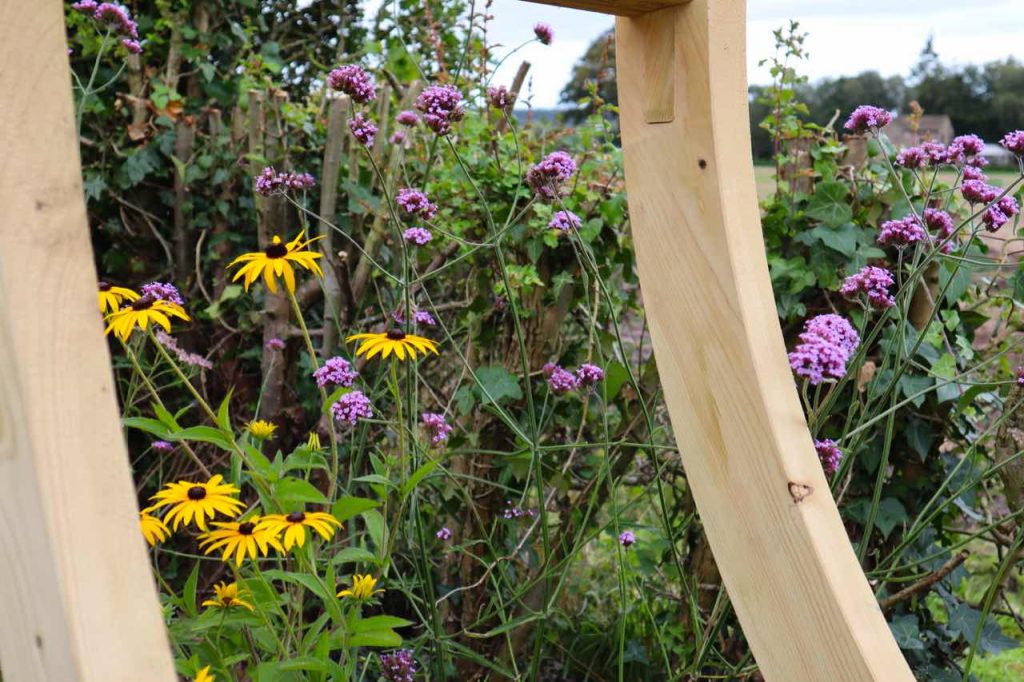
Yellow and purple colours above cause a contrast in this border; they make each other brighter when combined. These colours are known as contrast colours as they are on opposite sides of the colour wheel.
I don't need to repeat myself with this one, but repetition is your best friend when it comes to designing flower beds. A bit like Tip 2 with colour, having plants repeat throughout the flower bed will help provide a bold planting scheme. It's essential to have multiples of most plants in the garden, particularly with herbaceous perennials and ground cover. By using this repetition, the garden immediately has rhythm and consistency.
The only exception to repetition in smaller gardens is trees and shrubs. You can get away with having one species of tree or different species of shrubs as long as the supporting planting all uses repetition. Having one of something in the garden draws the eye as a focal point, so save this for a beautiful tree or shrub. Don't waste this focal point on a blousey Fucshia!
If you pick and mix plants, your border will risk looking disjointed and lacklustre. You don't necessarily have to have the exact same species, but if, for example, you're using Geraniums as ground cover, then make sure you use a few of them, even different cultivars, to help add a bit of variety. Don't just plonk one in and expect it to revive your garden borders. Add 3 or 5, and all of a sudden, you start to see cohesion!
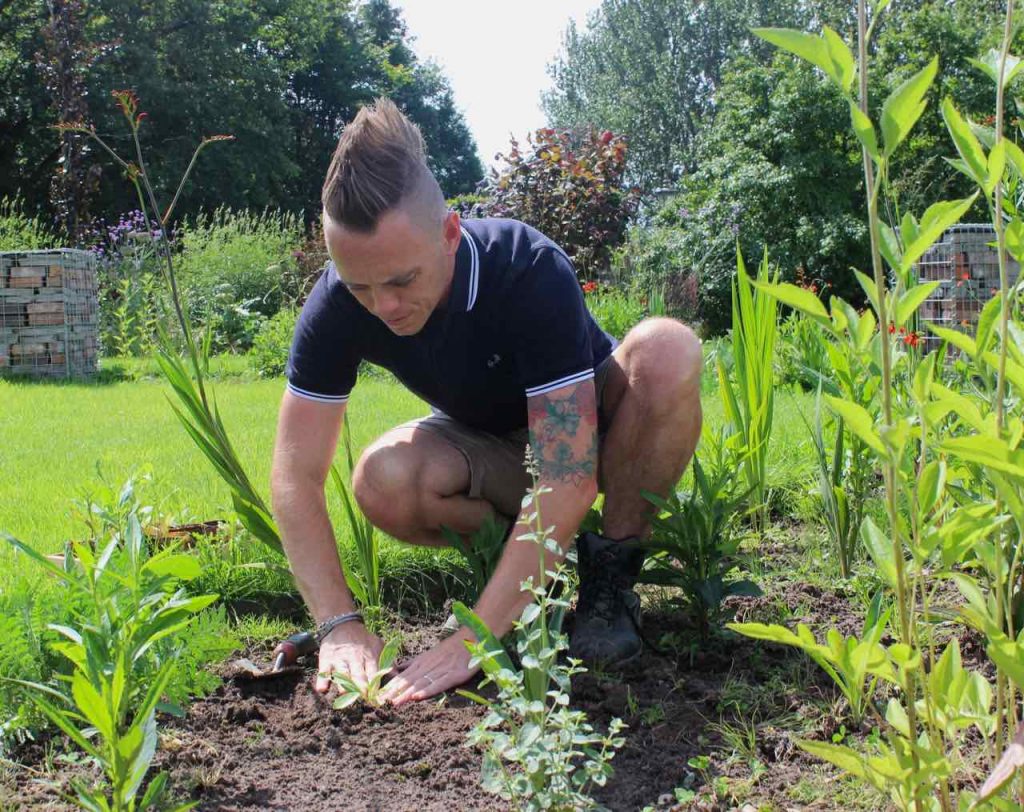
I prefer a more relaxed planting pattern; triangles and drifts of 3 or 5 plants work really well when combined with layering.
You can even repeat colours or patterns within flower beds to help improve their impact. Another top tip is to lay out plants in 3's or 5's and in a triangle formation if unsure. You may be tempted to plant in long, straight lines, but unless you're going for a formal high maintenance garden, a more relaxed set of plants usually works better.
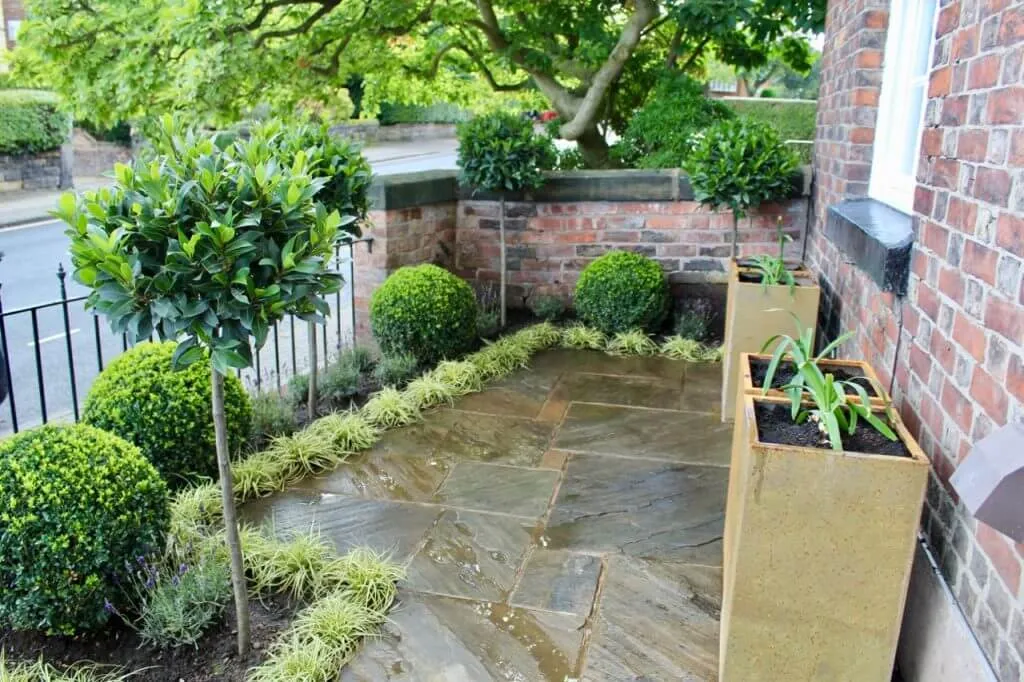
Save ruler-straight lines of plants for very formal designs like the one above.
That's really all you need to know to start creating absolutely wonderful flower beds in your garden. Saving you from falling into the trap of boring, uninspired displays. You don't even need to rush out and buy hundreds of more plants. Why not have a go at just rearranging the plants you already have?
I'd love to hear from you about your flower bed dramas and success stories. Once you've tried the above guide on how to plant a flower bed, it would be great to show my readers your before and afters. So, let's get cracking with our flower bed redesigns!
You can Tweet, Facebook or Instagram me. You can also follow me on Youtube where I’ve got plenty of garden guide vlogs! Happy gardening!




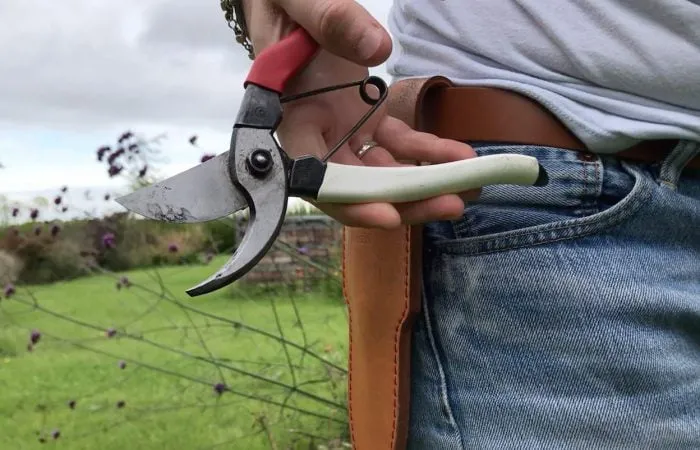
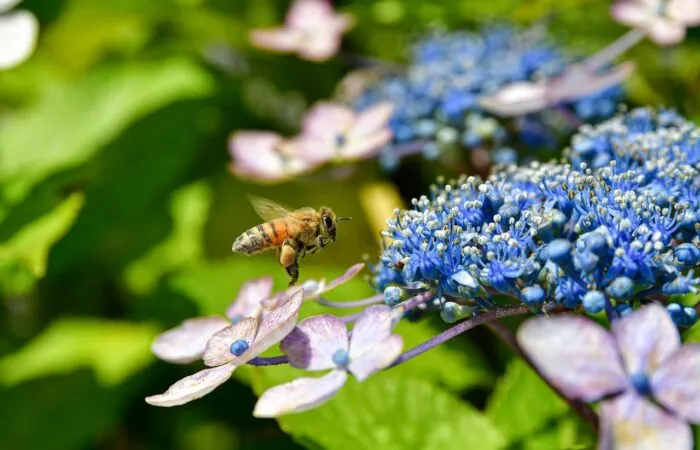
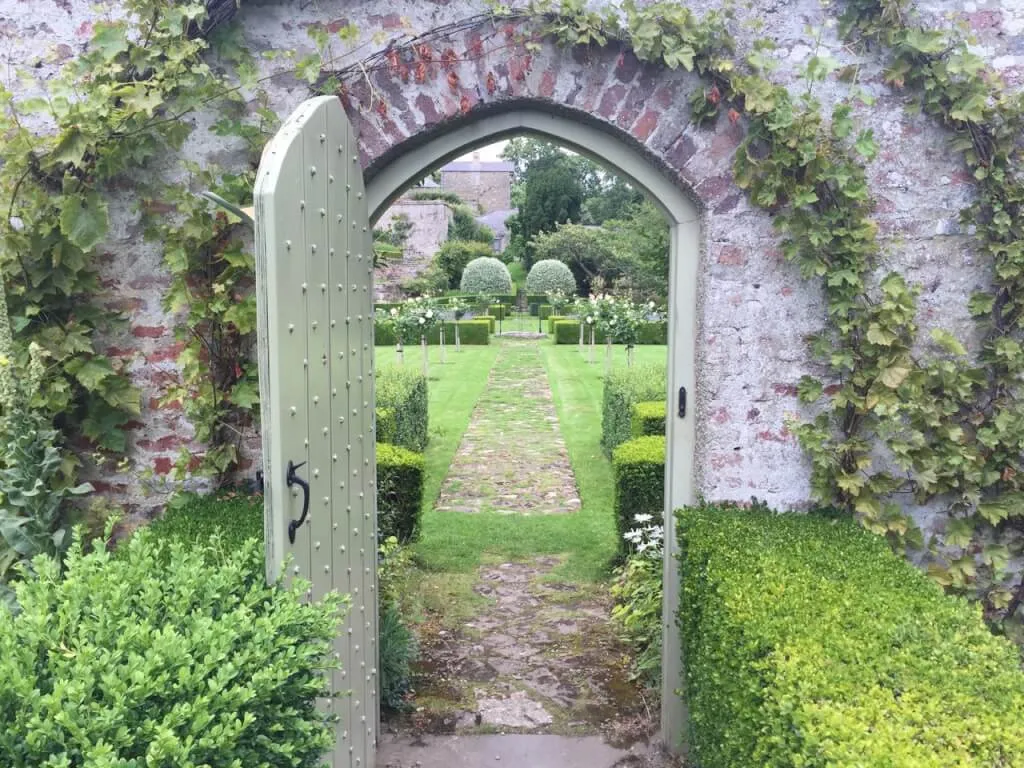
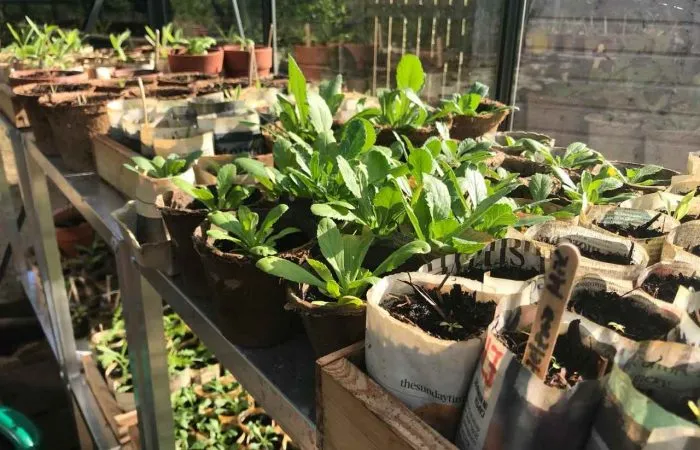
JOIN THE NINJAS

Be the first in line for new Guides, Discount codes and Offers